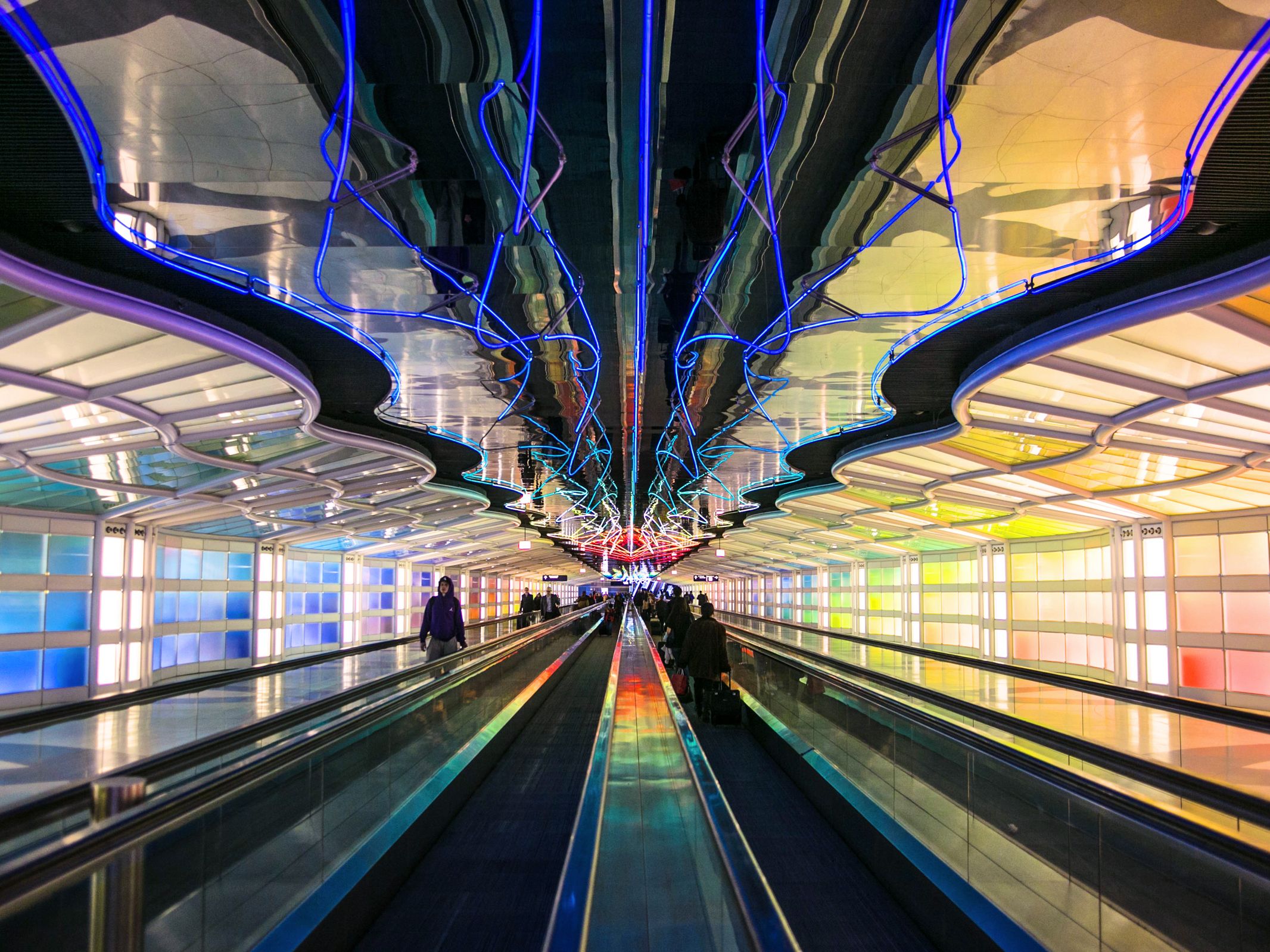Core Principles of Airport Interior Design
Airport interior design prioritizes seamless passenger flow and operational efficiency. Key objectives include intuitive wayfinding, minimizing congestion, and optimizing security processes. Creating a sense of comfort and well-being is crucial, transforming transit time into a more positive experience. Furthermore, design should reflect the airport's brand identity and often incorporates a "sense of place" by integrating local culture and aesthetics.
Key Design Elements
- Wayfinding and Signage: Clear, consistent, and multilingual signage systems are paramount for easy navigation. Strategic placement and high visibility are essential.
- Lighting: A blend of natural and artificial light enhances mood, improves visibility, and can reduce energy consumption. Dynamic lighting can adapt to time of day and specific zone functions.
- Seating: Diverse seating options cater to various passenger needs, from lounge chairs for relaxation to work-conducive benches with power outlets. Durability and ease of maintenance are key.
- Materials and Finishes: Choices must balance aesthetics with extreme durability, ease of cleaning, and acoustic performance to manage noise levels in high-traffic areas.
- Commercial Spaces: Retail and food & beverage areas are integrated to enhance passenger experience and generate revenue, requiring appealing design and strategic placement for optimal flow.
- Amenities: High-quality, accessible, and well-maintained restrooms, along with facilities like nursing rooms and prayer rooms, significantly impact passenger satisfaction.
Enhancing Passenger Experience
Effective airport interior design actively works to reduce passenger stress. This is achieved through clear navigation, calming color palettes, comfortable waiting areas, and the incorporation of biophilic elements like natural light and indoor plants. Providing choice in terms of seating, food & beverage options, and activity zones caters to diverse passenger profiles. Thoughtful design can transform an airport from a mere transit hub into a memorable part of the journey, often by showcasing local art, culture, or unique architectural features. Universal design principles ensure accessibility for all passengers.
Sustainability and Technology Integration
Modern airport interiors increasingly focus on sustainability. This includes the use of eco-friendly, recycled, and locally sourced materials, energy-efficient lighting (LEDs, daylight harvesting), and water-conserving fixtures. Technology integration is fundamental, encompassing digital information displays, widespread charging stations, robust Wi-Fi infrastructure, and smart building systems that optimize energy use and operational efficiency. Self-service technologies also streamline passenger processing.

Future Trends
The future of airport interior design points towards more biophilic elements to connect passengers with nature. Expect hyper-personalized experiences driven by data and technology. Modular and flexible spaces that can be easily reconfigured to meet evolving demands are becoming standard. Immersive digital art and interactive installations will enhance engagement. Post-pandemic, a heightened emphasis on health, hygiene, and touchless technologies will continue to shape design strategies, ensuring passenger safety and confidence.







